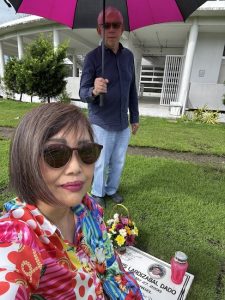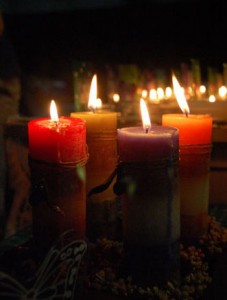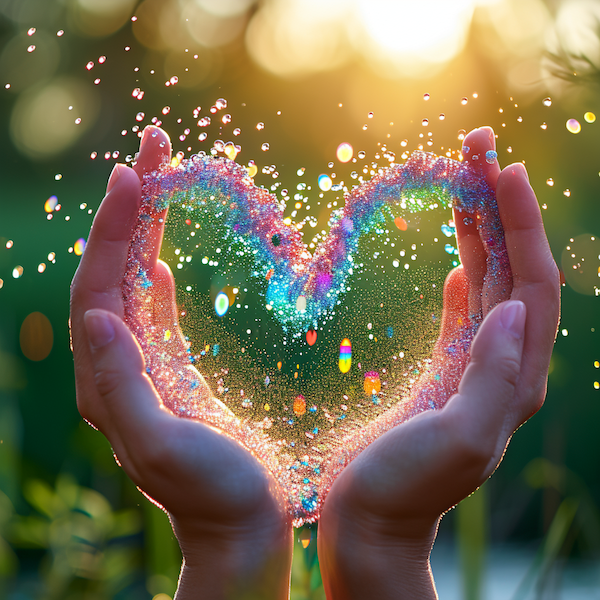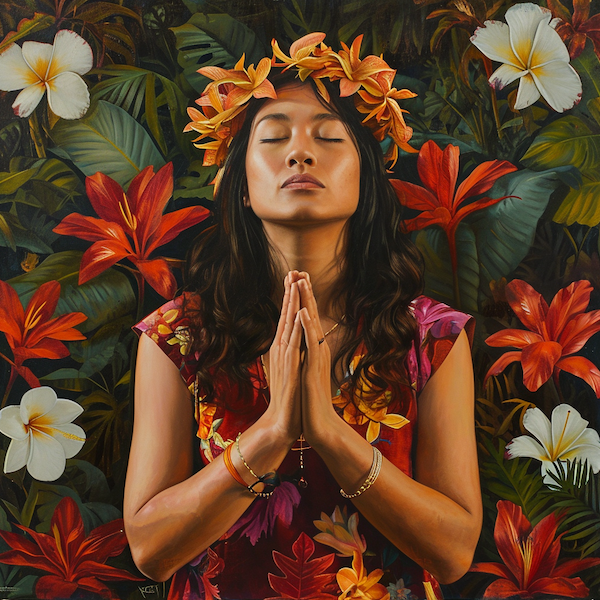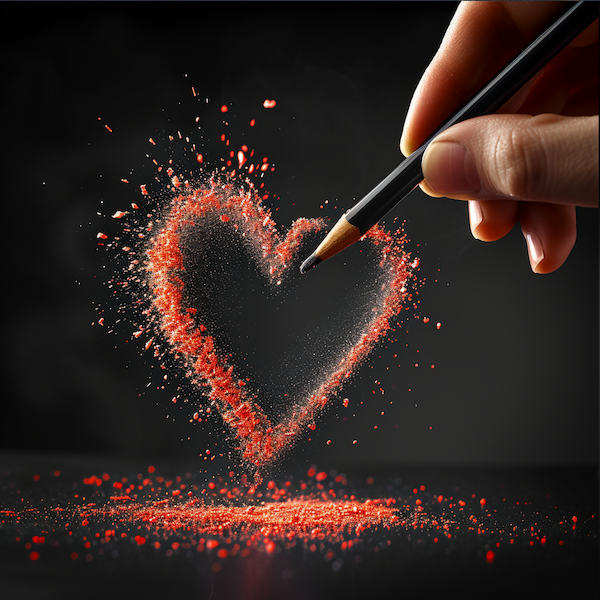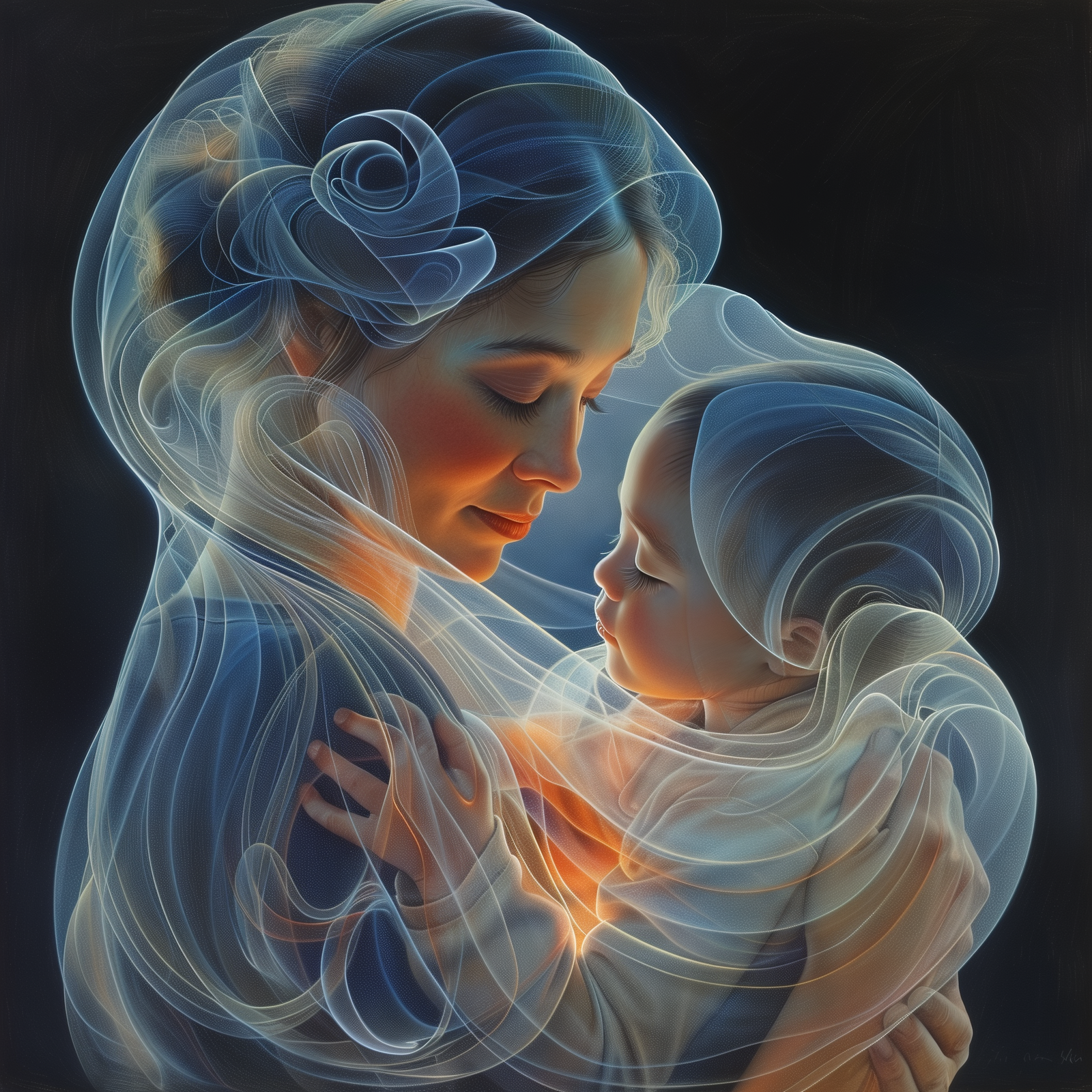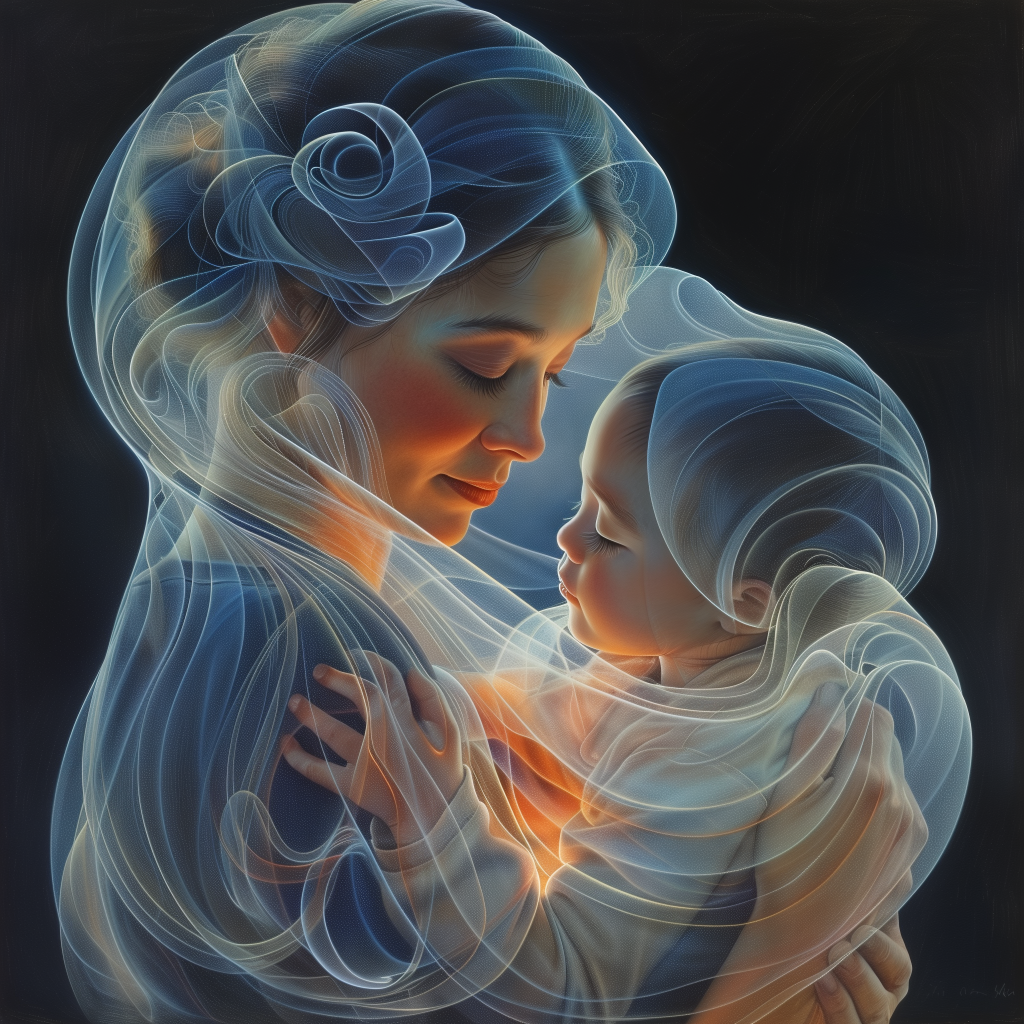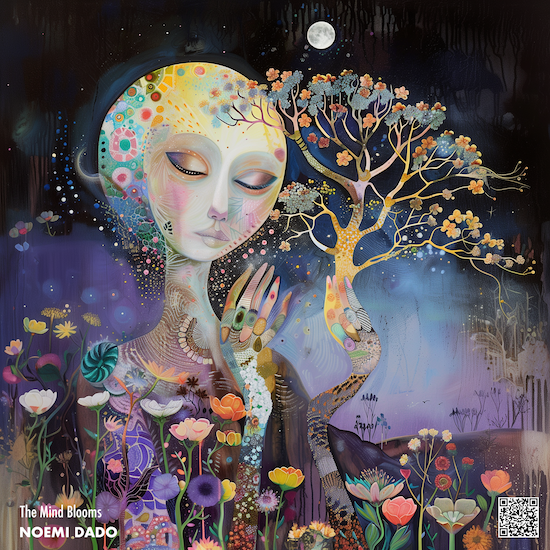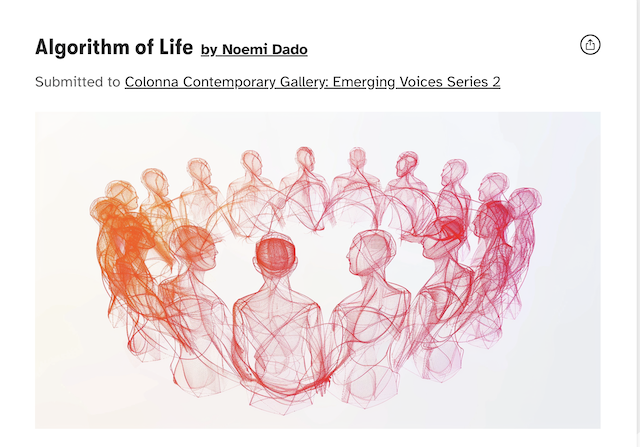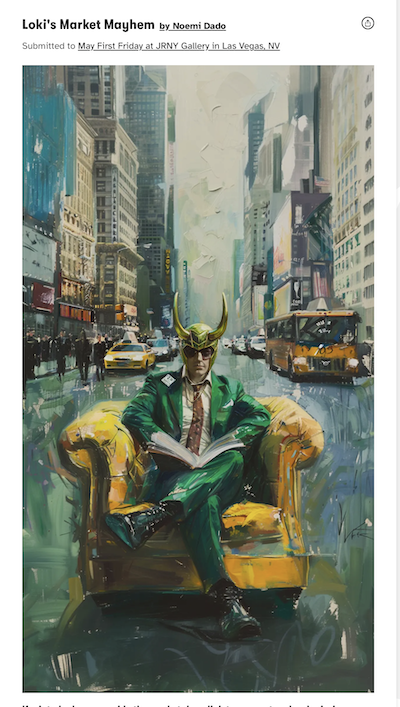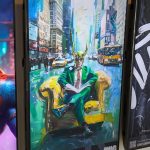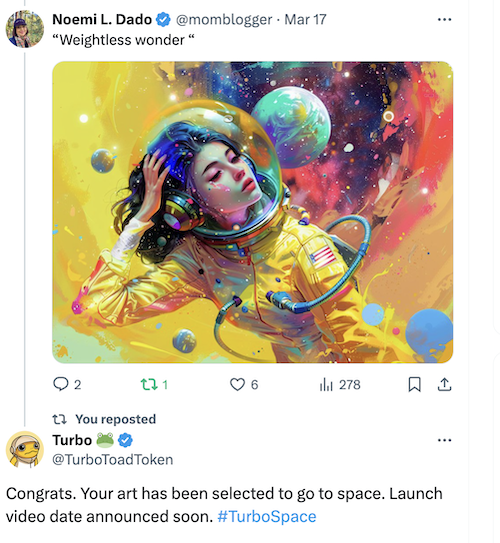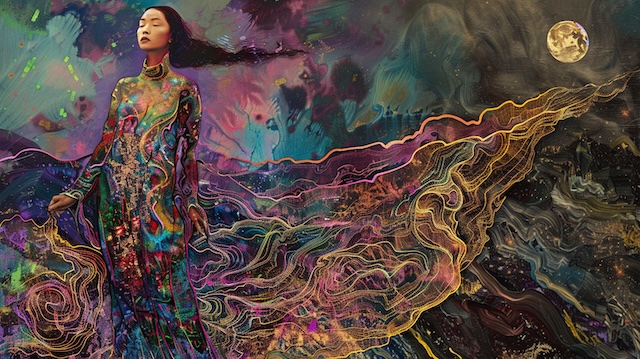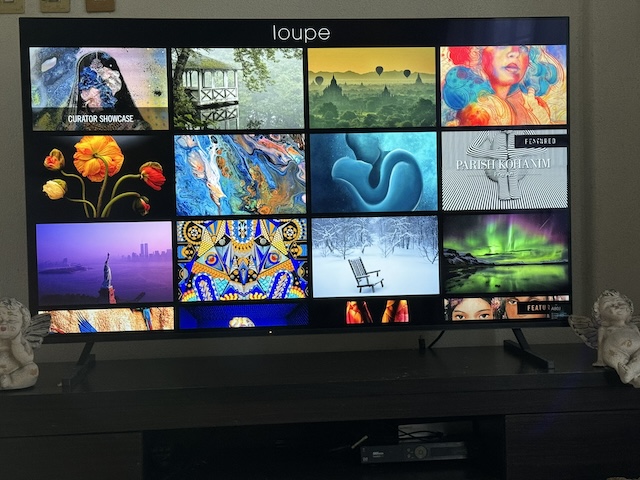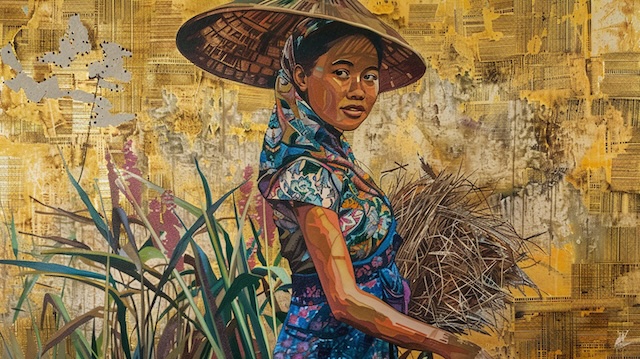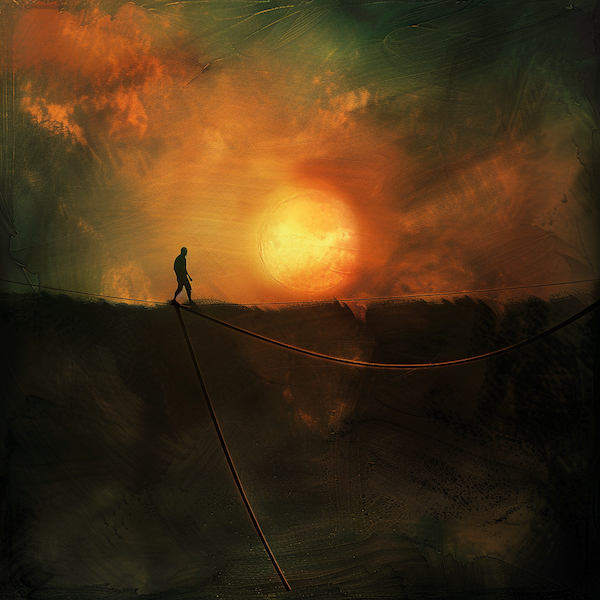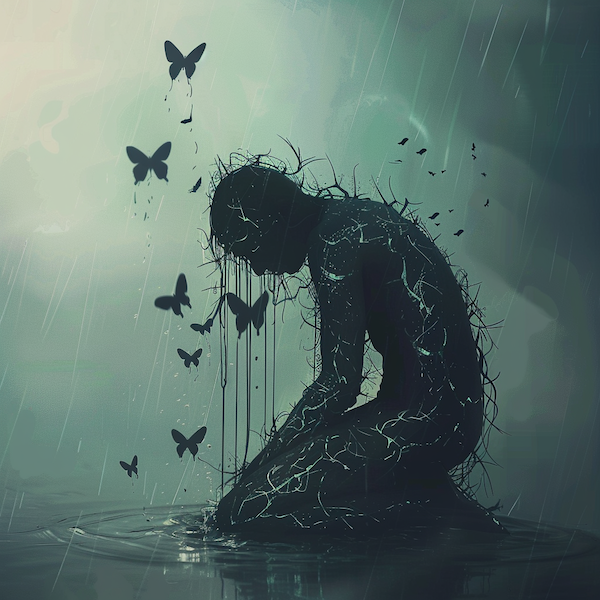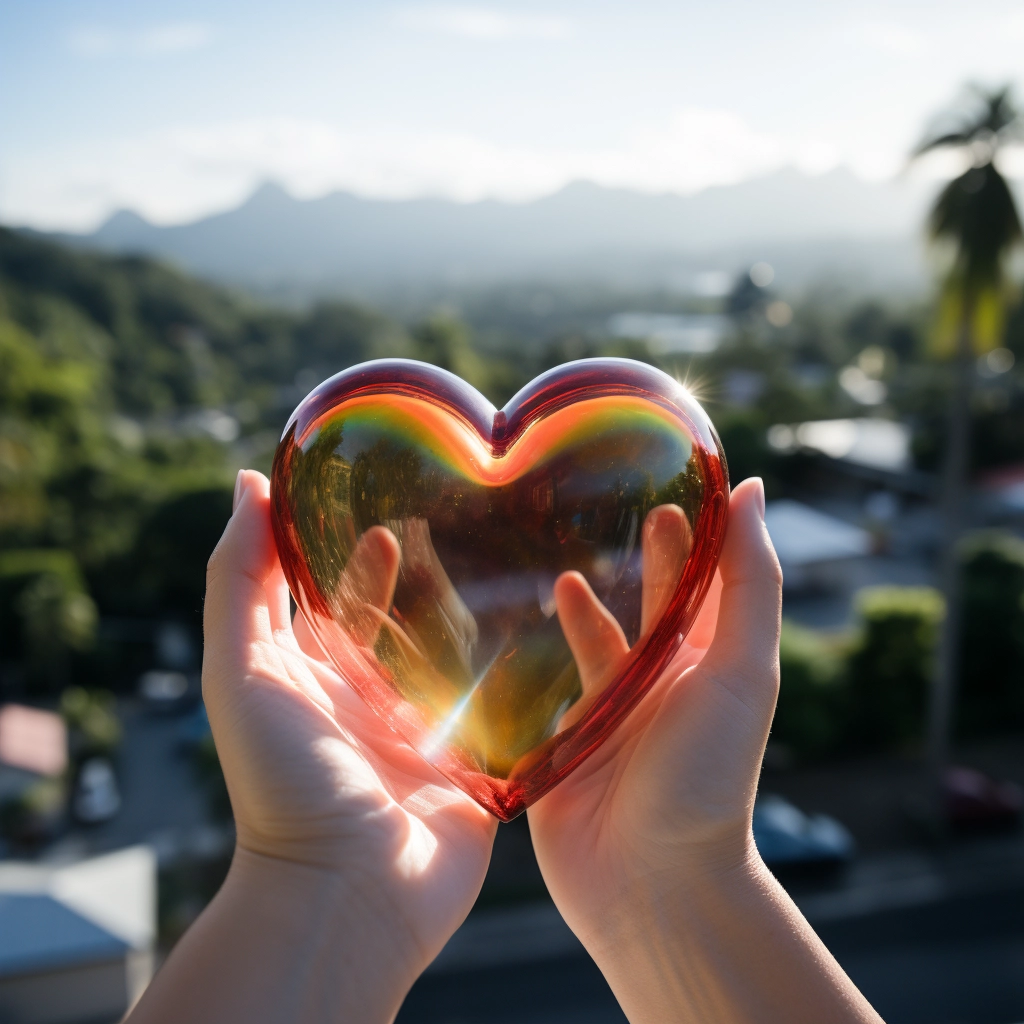“Tears are the words the heart cannot express.” How poignant these words have become almost 25 years later. Losing a child is like having a piece of your soul ripped away. It’s a pain so profound it defies words, a constant ache that settles deep in your bones. It’s a hollowness that echoes, a silence where laughter and chatter used to be. It’s a future that vanished in an instant, replaced by a grief that reshapes everything. It’s a love with nowhere to go, a connection that’s been severed but not broken. It’s a wound that may heal slightly over time, but never truly closes. It’s the most indescribable feeling imaginable, a weight no one should ever bear.
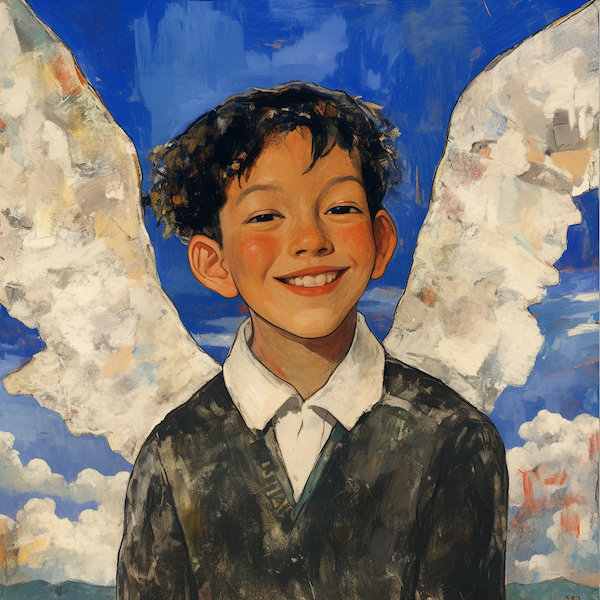
The pain lives within me, intertwinded into my soul. My son, Luijoe, passed away way too soon. Even though the sharp pain has changed over time, I still feel his absence deeply, like a constant emptiness. Some days, the grief hits me like a wave, reminding me of the future that was snatched from me, the milestones that will never come.
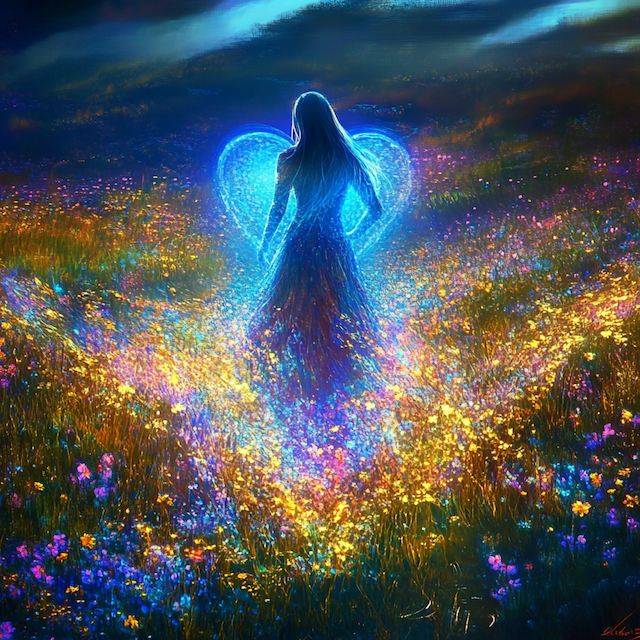
People say time heals all wounds, but I disagree. Time helps us learn to live with the wound. It teaches us to navigate the world with this gaping hole in our hearts. For me, that navigation involves cherishing the sacred bond I still share with Luijoe. It’s a lifeline, vital to my well-being.
I dream of him. I imagine him as he would be today, a young man of 31. I picture him as handsome, lively, and full of energy. I catch myself glancing at other young men, the children of friends, those who are the same age Luijoe would be now. Dine’s daughter, Jane’s son… I see them, so grown up, and a bittersweet smile touches my lips. Because in those fleeting moments, I see a glimpse of what my Luijoe might have been.
I wonder about the young man he would have become. Would he still sing? I remember him at six years old, captivated by music. He loved watching his older sisters during choir practice, his eyes wide with wonder. Pop music was his passion. He’d ask me to download mp3s of his favorite songs on Napster – remember Napster? – and then he’d sing and dance along, completely lost in the joy of the music. Those memories… they’re treasures I hold close, fragments of a life that burned too brightly, too briefly.
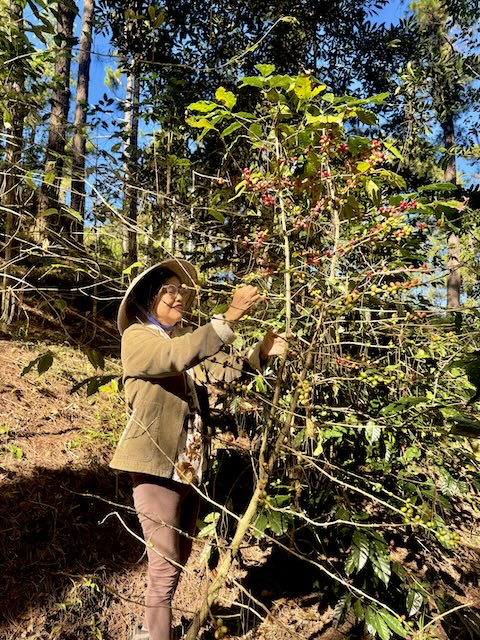
I wonder if he’d be here on the coffee farm with me. Would we walk the fields together? I dream of those times when I’m here. Maybe we’d pick coffee cherries side-by-side, and he’d help me get them ready afterwards.

Created using Midjourney
The world tells you to move on, to heal, to forget. But a mother never forgets. A mother’s bond endures. It’s a love that continues even with incomprehensible loss. And even if the tears continue to flow, sometimes quietly, sometimes in a torrent, they are proof of that unfading love. They are the words my heart cannot put into words, a language spoken only by those who have walked this path. I know, in my heart, that someday I will be reunited with my son. And I will keep holding on to his memory with me, a flame that might waver but never go out. It’s a love story that endures, even on the other side of the veil.
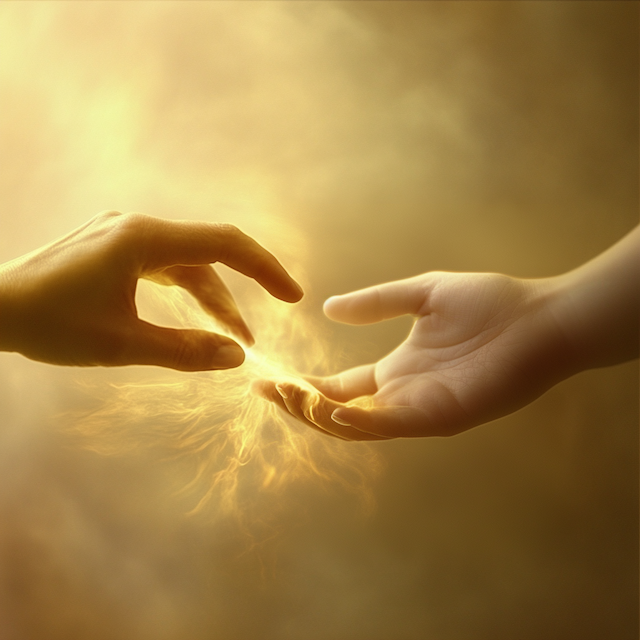


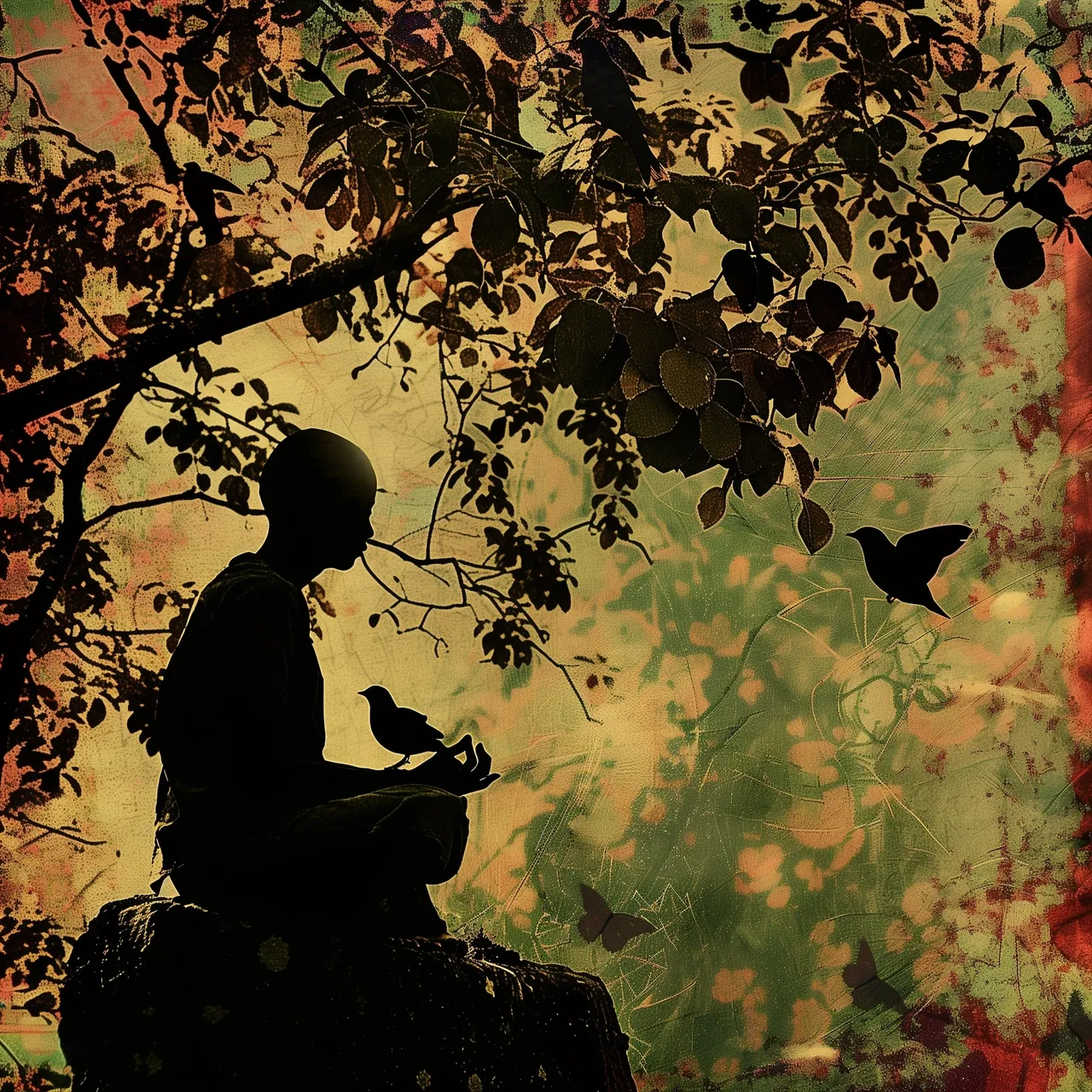
 I am deeply honored to be recognized as one of the
I am deeply honored to be recognized as one of the 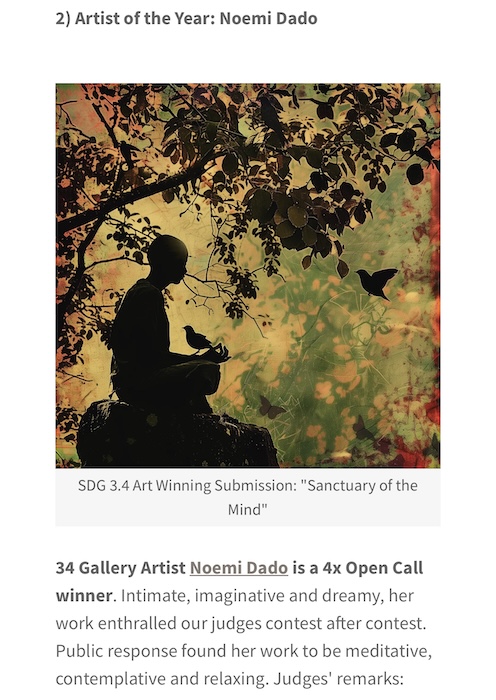
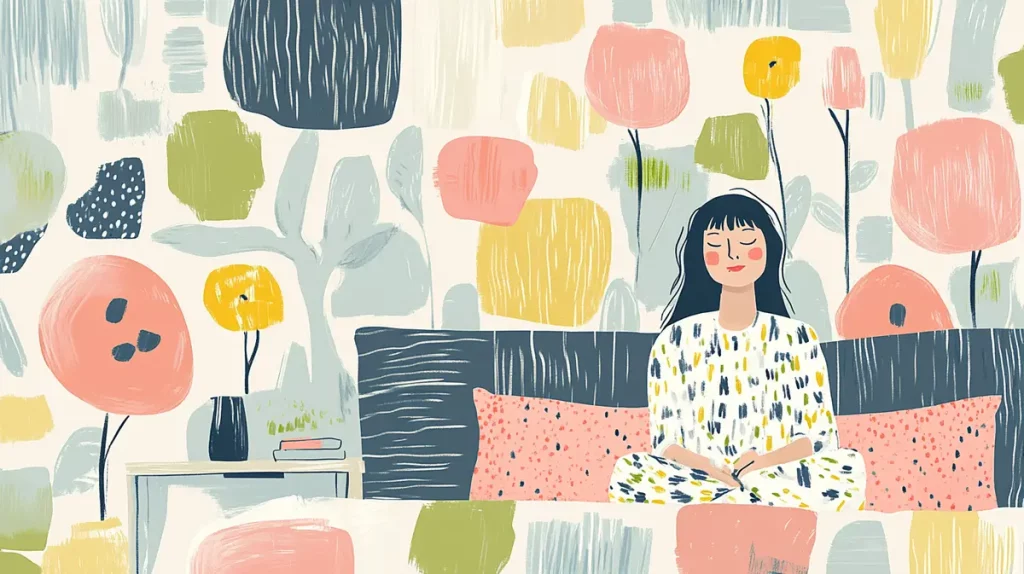
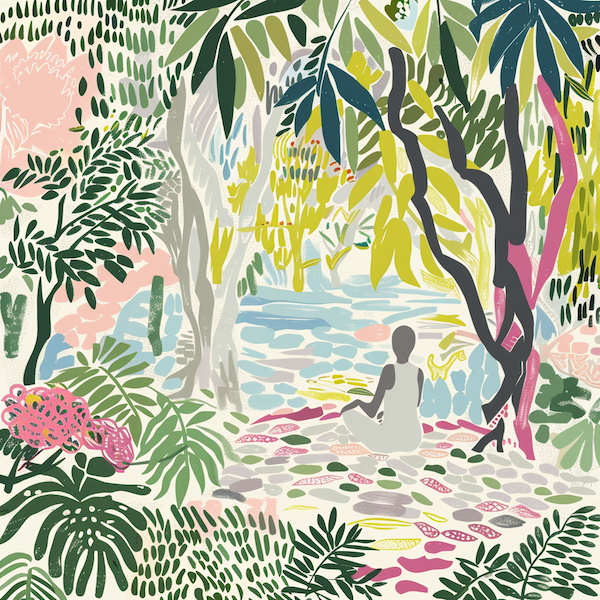
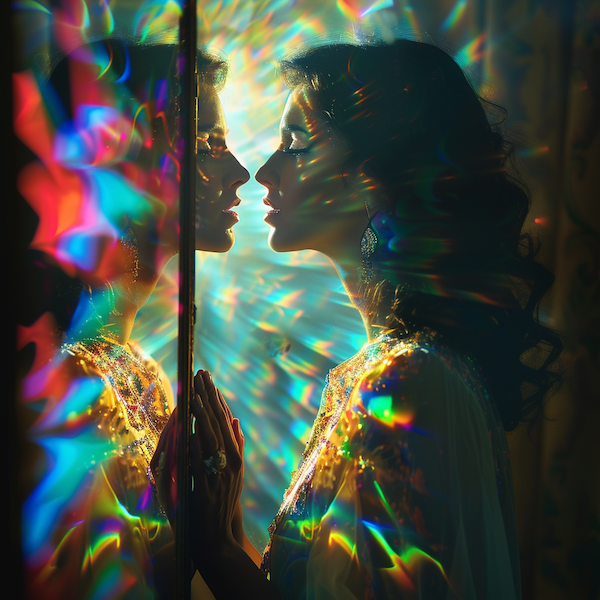
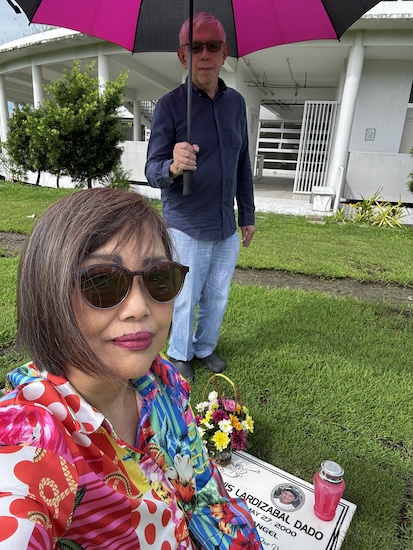
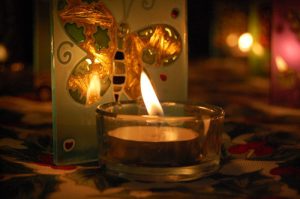 Life has a way of catching us off guard, especially when we lose someone we love. Grief doesn’t come with instructions, and words often fall short of what’s stirring inside. In those moments, we search for small comforts, ways to hold onto memories even as we learn to live without them.
Life has a way of catching us off guard, especially when we lose someone we love. Grief doesn’t come with instructions, and words often fall short of what’s stirring inside. In those moments, we search for small comforts, ways to hold onto memories even as we learn to live without them.